The Indian State of Kerala has about a thousand miles of interconnected waterways. Canals, lakes and rivers, collectively known as the Backwaters, have served for centuries to transport goods and people. Even today, a canoe by the front door of a waterside house is as commonplace as a car on an British driveway. Fertile and low-lying, the region produces rice and coconuts. The need to transport bulky crops to market drove the construction of boats larger than canoes. A traditional rice boat or kettuvallom was built from planks of the wood of the wild jack-fruit tree. Butted edge to edge, carvel-built style, the planks were joined by stitching them with coir fibre and caulked with the same material. The finished hull was treated with a resin made by boiling the husks of cashew nuts producing a preservative that fends off rot and timber-destroying organisms. Everything was built by hand with local materials, without plans and just using knowledge handed down by experience. For movement, two men used long poles to move the boats slowly along the waterways just as in punting. In case of rain, there was a cover for the rice made of rattan strips and palm frond, woven together with more coir fibre. This mode of transport was eco-friendly, but with lorries becoming available the boats might have disappeared, but instead they developed with the demands of tourism. The rain cover was extended upwards into an arched roof with space below for a cabin, a dining room and a kitchen. The foredeck was left open to the view and now the kettuvalloms are motor powered and work as houseboats carrying tourists. Visitors glide through the Backwaters enjoying the views of waterside villages, palm-fringed lakes, wild birds and local people paddling canoes, fishing, cultivating rice or looking after children, who learn to swim at an early age. Often the crew includes a pilot who knows the waters from days of working on the cargo boats, and it always includes a cook who works in the small kitchen producing an amazing variety of dishes to local recipes. The success of these tours has stimulated evolution of the houseboat designs. Some are small with just one bedroom and others have two or more. Some larger boats have two decks. Kerala has a hot climate, so the roofs are designed to increase ventilation, with an open section covered over by a second, higher roof. Windows and doorways in the woven cover can be opened to allow air through and give a view out to the side, or are closed to keep out rain. The open foredeck has a waterproof sheet which can quickly be unfurled to keep it dry. An ornamental prow is always used, stitched on to the bow and giving a characteristic profile to the boat. | |
The success of the Backwater tours has preserved the skills of the boat builders. Taking such a tour, I saw two boatyards. One was building a boat in the traditional shape, but using nails rather than coir stitching to join the planks. The other, which had built the boat I was on, still used coir stitching and I watched as two builders repaired a prow. The wood to be joined had already been drilled. One worker used a needle to push the rope through to another worker on the other side. This worker then tensioned the rope, winding it round the head of a mallet and using the handle as a lever to pull it tight. The first worker then hammered a wooden spike into the hole to maintain tension as the second threaded the rope back through to him, ready to be tensioned again. In the same boatyard, carpenters were fitting out a new houseboat. It was going to be an elegant one with ornate brass fittings on the internal doors. These has been rescued from the demolition of an old house. One of the carpenters was working with a wooden block plane, a chisel and a mallet to build fitted furniture for the cabins, cutting and joining the wood with great skill and accuracy. On the dockside lay an anchor ready for the finished boat. The anchor design is a grapnel with five tines, so that there will be at least two pointing downwards into the soft mud at the bottom of the lakes and canals. The boatyard manager showed me around with pride in the ongoing work, explaining the traditions and the methods used in building these unique boats. Tourism often gets blamed for damaging the environment and degrading the lifestyle of people in the host country, but it may have had the opposite effect here. The kettuvalloms are constructed from local, biodegradable materials which are more eco friendly than metal or plastic. The builders are local people using skills passed down over generations, which could easily have been lost, were it not for the tourists enjoying a relaxing cruise on Kerala's beautiful waterways. The boats themselves, with all the variations, are both ornamental and very functional. A ‘thank you’ to Charles Stirling who has supplied some of the pictures and for more information please visit the website: www.cghearth.com/spice_coast_cruises. ( These powered houseboats could be the basis for a most unusual model and indeed, one’s creative skills could be allowed free rein – Editor) |
Want the latest issue of Model Boats? Use our magazine locator link to find your nearest stockist!
 Make sure you never miss out on the latest news, product reviews and competitions with our free RSS feed
Make sure you never miss out on the latest news, product reviews and competitions with our free RSS feed

We welcome well written contributions from Website members on almost any aspect of Model Boating with a particular emphasis on practical hints, tips, experience and builds.
In order to maintain a consistent standard and format, all suggestions should first be sent to me by Personal Message for approval in principle. Only a very limited amount of time is available for editing contributions into a suitable format for placing on the website so it is important that the material is well presented, lucid and free from obvious spelling errors. I think it goes without saying that contributions should be illustrated by appropriate photos. I shall be happy to give advice on this.
The Member Contribution area offers space for short informative mini articles which would not normally find a place in Model Boats magazine. It is an opportunity for Website Members to freely share their expertise and experience but I am afraid that virtue is its own reward as there is no budget to offer more material recompense!
I look forward to receiving your suggestions.
Colin Bishop - Website Editor
Model Boats Magazine
- Landing Craft Mini PLan
- Riva Aquarama Build
- Scale Colour, Sound & Speed
Digital Editions
- Access your digital editions
Subscribe Now
- Every issue delivered right to your door
Renew Now
- Save & never miss an issue!


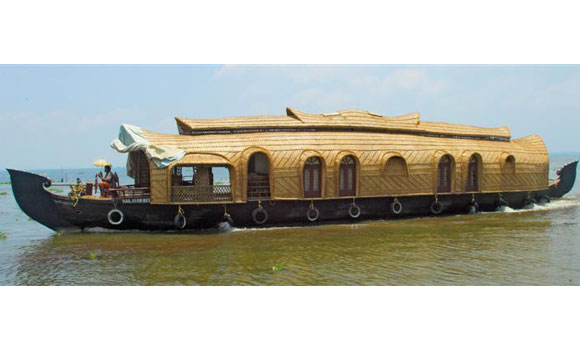
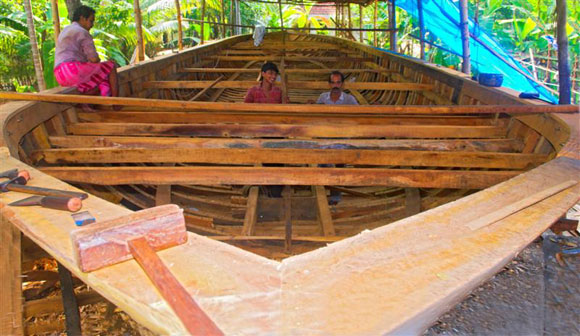

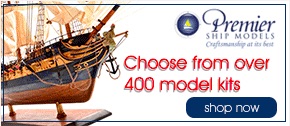

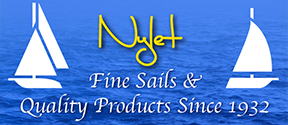






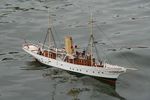
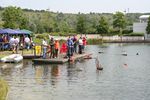

 Register
Register Log-in
Log-in



